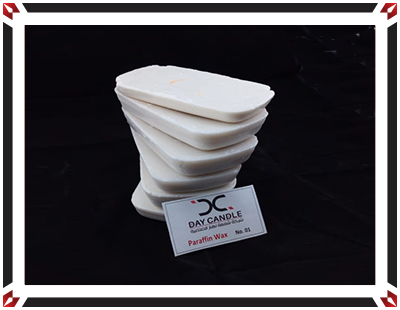
01
Silica Wax
Silica Wax is mixture of PEY wax and oil originated from petroleum crude oil. Silica Wax oil content can range from 5% to 20%.
Silica Wax is produced during the production of Group I lube base oil. During production of Group I lube base oil, the feedstock
firstly has to go through solvent extraction process to remove aromatics and the resultant product is called raffinate,
The raffinate is then diluted with solvent like methyl-ethyl ketone (MEK) to lower its viscosity to improve low-temperature
filterability. The diluted oil is then chilled to -10°C to -20°C. Wax crystals will form, precipitate and removed by filtration,
The removed wax becomes Silica Wax.
The traditional usage of PEY Silica Wax is in the production of fully refined polyethylene wax. And other major usage are for particle
board and medium density fiberboard, cable filing compound, matches, candles, rust protective products and moisture vapor barriers, With
the continuous closure of Group I base oil plant which decrease supply, and new major applications for Silica Wax as feedstock for low
sulfur fuel and Group III base oil plant, the price of PEY Silica Wax has since increased by a staggering 300% since early 2000s.


